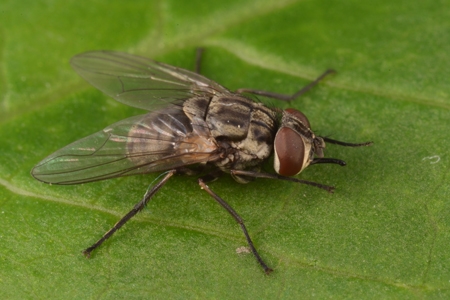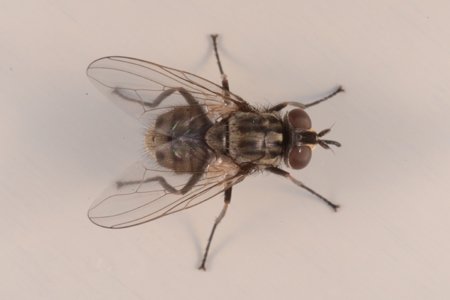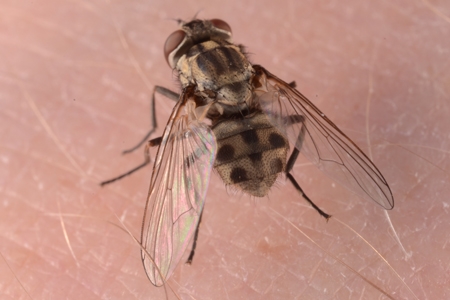Active Seasons


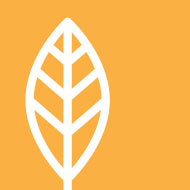

Stable Fly Appearance and Size Facts
Stable flies are a persistent nuisance in farms and homes across the world. Often mistaken for common houseflies and horseflies, stable flies pose unique challenges due to their feeding habits and ability to breed in various environments.
These small, dark-colored flies are adept at evading detection, nesting in inconspicuous places such as piles of yard debris. Given the potential health risks associated with stable flies and the diseases they may transmit through their bites, it is essential to know how to identify them and mitigate the issues they present.
Distinguishing Stable Flies From Other Fly Species
In contrast to other fly species, stable flies are relatively small, typically measuring between 1/4 to 1/2 inch in length. Their distinguishing feature lies in their appearance, with a robust, dark body and distinct biting mouthparts. Identifying these characteristics is crucial for effective pest control, and the expertise of a seasoned fly exterminator from Hulett is instrumental in accurate identification.
We provide stable fly control in the following locations and their surrounding areas:
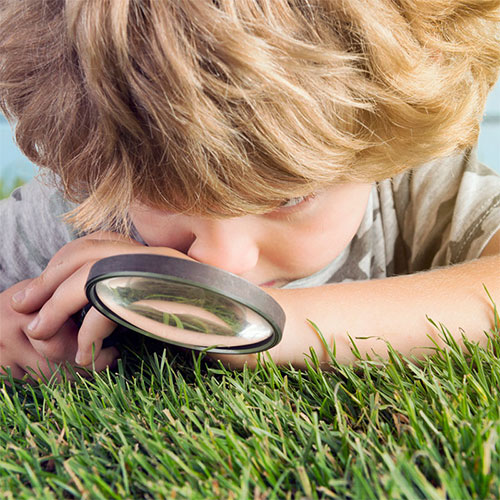
Behavior and Habitat of Stable Flies
Stable flies are notorious for their daytime biting habits, often seeking hosts in people, pets, and livestock. Preferring warm and humid conditions, they seek refuge in cracks, crevices, and shaded areas during daylight hours. These carnivorous flies can infest a variety of spaces, including barns, stables, and animal living quarters, posing challenges to effective control.
Unlike some other fly species that breed in decaying organic matter outdoors, stable flies are known to establish breeding sites in manure, decaying vegetation, and moist areas within proximity to their preferred hosts.

Signs of Infestation of Stable Flies
Stable flies can remain inconspicuous for extended periods, complicating detection and control efforts. Vigilance is key, and if you suspect a stable fly infestation, watch out for these signs:
- Biting behavior. Unlike many common flies, stable flies are biters and can cause irritation and discomfort to humans and animals.
- Clustered resting. Stable flies often rest in clusters on surfaces, especially in areas frequented by their hosts.
- Presence near livestock. Given their affinity for blood meals from animals, a notable sign of infestation is the abundance of stable flies around livestock or pets.

Tips for Prevention of Stable Flies
Stable flies are opportunistic feeders and can breed in various environments, including decaying organic matter. Regularly inspecting and cleaning spaces where animals are kept, such as barns and stables, is crucial in preventing infestations. On top of that, sealing potential entry points and deploying appropriate fly deterrents can contribute to effective pest prevention for stable flies and all other varieties of pests that may enter your home.
Getting Rid of Stable Flies
Early intervention is essential in controlling stable fly populations. Over-the-counter solutions may provide temporary relief, but a lasting and effective solution requires the expertise of professionals familiar with stable fly behavior. Hulett’s pest control specialists are well equipped to handle stable fly infestations at their source.
Effective Stable Fly Control Solutions
Our experienced pest professionals conduct thorough inspections to identify infestations and devise effective treatment plans. Reclaim your space from stable flies and other pests with Hulett’s expertise.
Schedule a same-day inspection with Hulett and let our pest control specialists guide you toward a fly-free environment. Reclaim your space from pests today. Call Hulett Environmental Services.

